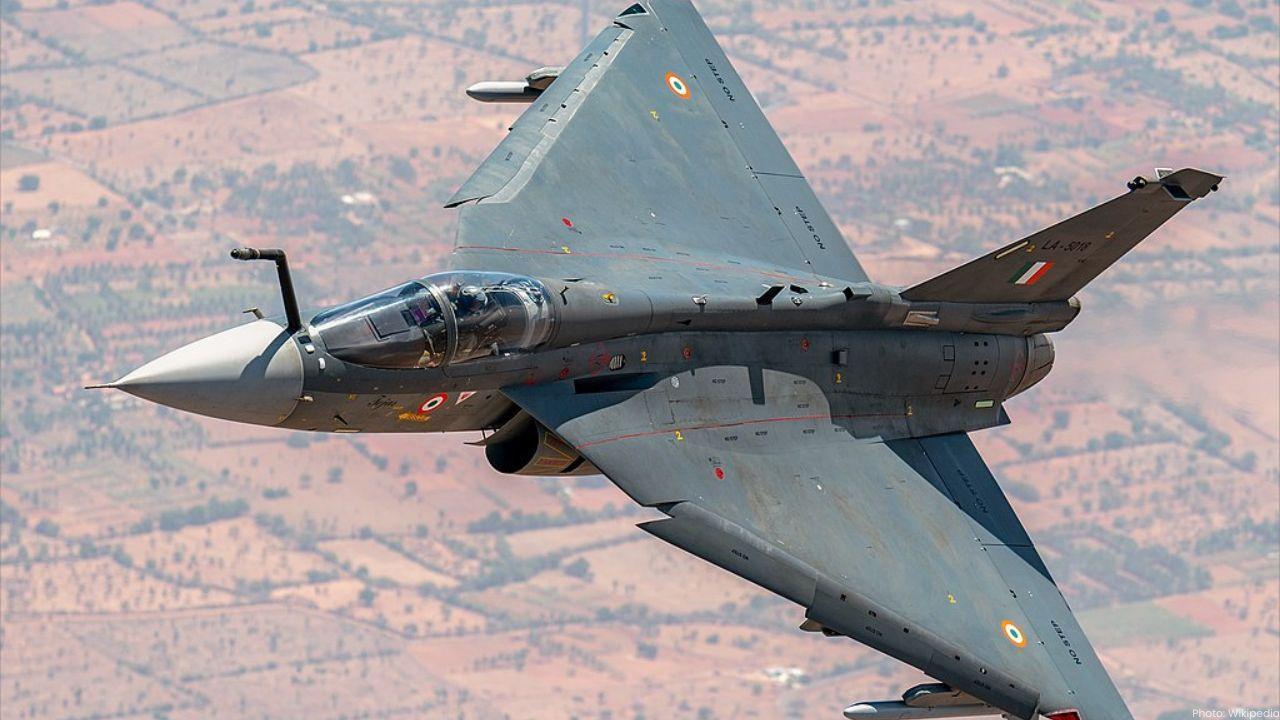
Post by : Avinab Raana
Photo : X / ABC News
Drills Spark Alarm Across the West
A surge of tanks, bombers, and soldiers moved across the border as Russia and Belarus kicked off large joint military exercises, and the West watched closely. Called “Zapad-Morus”, these drills combine air, land and sea forces, with Moscow and Minsk insisting they are routine. NATO officials and neighboring countries see them as part of a pattern- Russia Belarus drills that test resolve, posture, and regional borders, raising tensions in regional security discussions.
Scale and Scope of the Exercise
The scale of the Russia Belarus drills is unusually large. Thousands of troops take part in land assaults, aerial bombardments, naval maneuvers, and strategic airlift operations. Heavy armored divisions, missile units, and logistical support troops moved into staging areas near NATO’s eastern flank. Belarusian terrain, including forests and swamps, is being used for live-fire exercises. Air forces practice over cities and remote regions. Observers note the complexity and broad scope—not just simple readiness, but integrated operations.
Historical Context and Recent Patterns
For years, Russia and Belarus have conducted drills together. But this latest joint operation comes after a stretch of escalating military posturing—from Belarus hosting new Russian bases to repeated airspace violations. These drills follow similar exercises in 2024 and early 2025. Western analysts believe the timing is deliberate: serving both as internal training and external messaging. The pattern underscores the drift toward coercive diplomacy, where military readiness serves political ends in regional security games.
The Messaging from Moscow and Minsk
Leaders in Moscow say the drills are purely defensive—meant to test equipment, readiness, and coordination. President Putin has reiterated that NATO expansion is a threat and Belarusian territory must be secure. Lukashenko in Belarus frames it as protecting national sovereignty in face of perceived Western encirclement. The Kremlin claims transparency, sending notices and inviting observers. Belarus frames its support for Russia as not just ideological, but existential. The public narrative is that of “we are ready, but not aggressive”.
Western Response and NATO’s View
Across Europe and in NATO capitals, concern is palpable. Military analysts see these exercises as an opportunity for Russia to rehearse operations close to NATO borders both deterrent and intimidation. NATO has increased surveillance, moved air defense assets, and conducted war games in response. Some member states are reviewing defense budgets. Leaders warn that signals matter: joint Russian-Belarus operations reinforce fears of rapid escalation and degrade trust.
Impact on Neighboring Countries
Poland, Lithuania, Latvia, and Estonia have already increased border patrols and military readiness. Civilian populations in border areas are being briefed. Alerts have gone out in local media about possible disruptions due to imposed no-fly zones or airspace closures. Estonia’s prime minister expressed concern that what is dubbed defensive for Russia may feel offensive for neighbors. Estonia, Latvia, and Lithuania have called on NATO to strengthen its posture. Local governments are warning of possible fluctuations in energy or trade routes if coercion intensifies.
Military Readiness vs Provocation
One of the central debates is whether these drills are defensive training or deliberate provocation. Military experts observe that some capabilities being exercised logistical operations, rapid deployment, integrated command and air power are also suited for offensive operations. Frequent scenarios practiced include cross-border maneuvers, suppression of air defenses, and combined arms attacks; these go beyond simple training for shows of force. That ambiguity makes regional security fragile: one wrong misinterpretation may spark escalation.
Strategic Objectives Behind the Drills
Analysts believe the Russia Belarus drills serve several strategic objectives. First, they offer Russia a chance to test its forces closer to the West. Second, they enable Belarus to deepen its military reliance on Russia, reinforcing political dependence. Third, they may be intended to stress test NATO’s ability to respond quickly to crises. Fourth, domestic audience in both countries are reassured of strength. And finally, Moscow sends a message: as long as NATO presence grows, Russia maintains capability to counterbalance.
International Diplomatic Pressure
In tandem with military signaling, diplomatic channels are active. European governments have issued statements urging de-escalation. NATO’s secretary general called for transparency and restraint. Belarus and Russia maintain that these are sovereign actions. Western ambassadors have lodged formal protests. Some countries are raising concerns with the UN. Sanctions experts warn that escalation of these drills if accompanied by aggressive rhetoric or military missteps—could trigger further sanctions or counter-measures.
Risk of Miscalculation
Any large military maneuver near borders carries risk. Miscommunication, unpredictable weather, airspace trespasses, or accidental strikes could ignite conflict. NATO warships and aircraft monitoring these drills hover close. Russian and Belarusian forces operating in more remote terrain may misread or misreport movements. The possibility of escalation through accident is real, especially where readiness, tension, and mistrust are already high. Russia Belarus drills, once underway, cannot be seen simply as static; their dynamics matter.
Arms, Bases, and Military Infrastructure
These drills are also revealing military infrastructure developments. Belarus, already hosting Russian bases and missile systems, is seeing reinforcements. New supply routes, forward operating areas, rail lines capable of moving heavy equipment, and airfields are being used or tested. Putin’s strategy of deploying dual-use infrastructure in Belarus complicates NATO’s threat assessment. Airfields, radar installations, and missile sites blur the lines between training grounds and prepositioned assets.
Domestic Implications for Belarus
For Belarus, close military cooperation with Russia sustains economic and political dependencies. Lukashenko faces domestic criticism from some sectors for compromising sovereignty. But he also uses these drills to project strength. State media emphasizes unity with Russia against external threat. The public messaging is often tied to national pride and resistance narratives. Belarus’s populace, especially near borders, is bracing for disruptions real or perceived from heightened security, border checks, or restricted zones.
Broader Security Implications for NATO
For NATO, the drills exacerbate strategic challenges. The alliance must decide its posture in Eastern Europe: whether to respond with larger permanent deployments, investment in infrastructure, or bolstered air and sea patrols. Rapid reinforcement doctrine getting troops and supplies into frontier states quickly is under pressure. NATO’s deterrence depends partially on predictability; such exercises introduce unpredictability. Trust in mutual defense obligations increases pressure on member states to spend more and prepare better.
Experts’ Warning on Escalation Paths
Security scholars warn of escalation paths: statement-wars (propaganda plus rhetoric), then airspace incidents, then border standoffs, before actual aggression. Russia’s modernization of long-range aviation and missile capabilities, tested in these drills, adds complexity. Belarus’s location makes it a strategic forward ally. Experts caution that reactive responses could trigger cycles: Russia escalates to counter NATO posture; NATO responds, leading to more drills; tension ratchets up.
Role of Intelligence and Observation
Transparency is often demanded, but Russia and Belarus have selective disclosure. Satellite imagery, open source intelligence, and NATO monitoring provide some visibility. Observers note that exercises are sometimes heavily scripted, with civilian observers invited only in limited capacity. Western intelligence agencies use drone, aerial, cyber, and SIGINT tools to track troop build-ups. Their assessments influence policy decisions in capitals. But uncertainty remains about exact troop strength and long-range missile placements.
Economic and Social Costs
Large scale military drills cost heavily fuel, maintenance, logistics, lost civilian straddle when territory is closed off. Local communities in Belarus may face disruption. Border trade, tourism, cross-border travel may be affected. Russia’s military budget absorbs these costs but only so far; sustained drills may stretch resources. Meanwhile, increased military activity often brings environmental damage—deforestation for tank maneuvers, pollution from aircraft, noise. These costs are seldom in headlines but felt locally.
Repercussions in International Relations
Russia Belarus drills also shift diplomatic alignments. Sweden, Finland, and other neutral or recent NATO-aligned nations are watching carefully. Ukraine, under constant threat and strain, sees these moves as further encirclement. The EU is discussing defense funding, border security, and energy policy in light of increased regional tension. The drills may strain Russia’s relationships with non-aligned neighbors, pushing them closer to Western alliances.
Monitoring and Response
In the coming weeks, NATO allies will monitor troop withdrawals or lack thereof once drills end. Moves like permanent basing, new deployments, or changes in Belarusian border security regime will be scrutinized. Responses may include war games, missile defense enhancements, or diplomatic gestures. Some may call for treaties or renewed arms control talks. Others will push for sanctions or enhanced military assistance to frontline states.
A Test of Resolve
The Russia Belarus drills may seem routine on paper, but in context they become something more: a test of Western resolve, a measure of NATO’s readiness, and a signal to neighbors. What happens next—the withdrawal, the posturing, the diplomatic back-and-forth will reveal just how fragile regional security remains. In Europe’s uneasy peace, even drills in the field carry as much weight as words in treaties.
Russia Belarus drills, NATO concern, Regional security










GST Overhaul Triggers Massive Road Freight Surge in India
India braces for a huge spike in road freight as the GST overhaul and festive season drive consumpti

United CEO Warns Spirit Airlines May Not Survive Financial Struggles
United Airlines CEO predicts Spirit Airlines could go out of business due to repeated bankruptcies a

Allcargo Opens Panapakkam Logistics Park Near Chennai
Allcargo Supply Chain Launches Panapakkam Logistics Park to Boost Southern India Distribution with M

HAL Receives Third GE-404 Engine for LCA Mk1A Fighter Jet
HAL has received the third GE-404 engine from the U.S. for the LCA Mk1A fighter jet program, with an

GlobalLogic Ericsson Launch Private 5G at Hitachi Rail Plant
GlobalLogic and Ericsson have deployed a private 5G network at Hitachi Rail’s Hagerstown facility, e

Honda Cuts Bike & Scooter Prices by Up to ₹18,887
Honda lowers prices of bikes and scooters under 350cc by up to ₹18,887, making commuting more afford